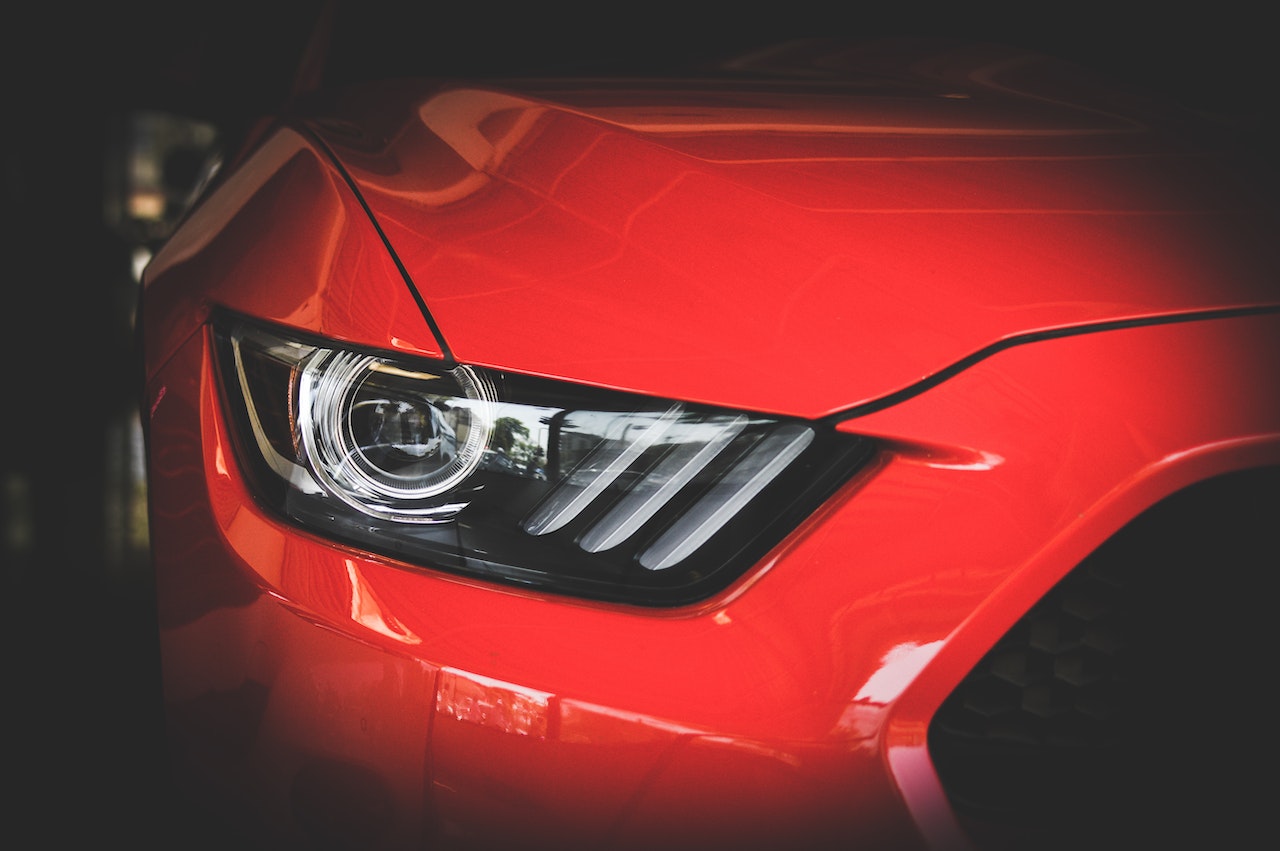
Painting a car is an intricate process that requires careful consideration and attention to detail.
From choosing the right paint to controlling environmental conditions, there are many factors to consider when painting a vehicle. In this article, we will discuss the five ways to ensure the perfect paint job for every vehicle that comes into your shop.
Proper surface preparation
One of the most important steps in the painting process is surface preparation. Proper surface preparation ensures the paint will adhere correctly to the car, and it is also essential for achieving a professional looking finish without bubbles or cracks.
Surface preparation involves multiple steps. First, the surface must be thoroughly cleaned by removing dirt and debris. Then, any existing rust must be removed and any scratches or dents must be filled. After this, the area should be lightly sanded to create a smooth surface for the paint to adhere to. Finally, a primer should be applied to seal the surface and provide a good base for the paint.
Surface preparation is one of the most important steps in the painting process, and it is often overlooked. Without proper surface preparation, the paint may not adhere correctly and the finish may not look as professional. Additionally, improper surface preparation can lead to paint chipping or flaking off in the future.
For auto body shop owners, it is essential to take the time to properly prepare the surface before painting. Investing in quality sanding and priming materials will ensure that the surface is properly prepared and that the paint job will look great for years to come.
Controlling environmental conditions
Controlling environmental conditions is another important factor to consider when painting a car. Temperature, humidity, and air quality can all affect the quality of the paint job, and it is important to ensure that these conditions are optimal for painting.
Paint booths are a great option for controlling environmental conditions when painting a car. These booths are large structures that can be erected quickly, and they create a sealed environment that can be customized for optimal painting conditions. Additionally, the booths are designed to filter out dust, debris, and other contaminants that can affect the paint job, ensuring that the finish looks professional and lasts longer.
For auto body shop owners, using a portable paint booth is a great way to ensure that environmental conditions are optimal for painting. Investing in a quality booth will help to ensure that the paint job looks great and lasts for years to come.
Choosing the right automotive coating
When it comes to painting a car, the type of paint used can have a huge impact on the quality of the finish. There are several different types of automotive paint available, each designed to work best with specific types of vehicles.
Acrylic enamel is one of the most common paints used in auto body shops. This paint is durable, resistant to fading, and easy to apply. It is best suited for older cars, as well as for vehicles that do not require a high-gloss finish. Acrylic enamel is also a good option for vehicles that are exposed to the elements, as it is waterproof and resistant to rust.
For cars that require a high-gloss finish, urethane paint is the best choice. This paint is more expensive than acrylic enamel, but it is also more durable and provides a smoother, shinier finish. Urethane paint is also more resistant to fading and chipping, making it a good choice for new cars.
It is important to use the right type of paint for each vehicle. Investing in quality paints that are designed for automotive vehicles will ensure that the finish looks great and lasts for years to come.
In addition to acrylic enamel and urethane paint, another popular option for painting automotive vehicles is epoxy. Epoxy is a two-part paint that is extremely durable and provides a glossy finish.
Epoxy is a versatile coating that can be used for garage floors, industrial environments, and, of course, cars and trucks. It is resistant to fading and chipping, making it a good choice for vehicles that are exposed to the elements.
Epoxy can also be used for touch-ups and repairs, as it can be easily blended into existing paint. Additionally, it is relatively easy to apply and dries quickly, making it a great option for time-sensitive projects.
Color matching
Color matching is another important factor to consider when painting a car. For a professional-looking finish, it is important to make sure that the paint color matches the existing color of the vehicle.
When color matching, it is important to use the right tools. A color spectrophotometer is the most accurate way to match paint colors, as it measures the exact wavelength of light reflected from the surface of the car. Paint chips and color swatches can also be used to manually match colors, although these methods are not as precise.
It is essential to take the time to correctly match the paint color with the existing color of the vehicle. Investing in quality color matching tools will ensure that the paint job looks great and lasts for years to come.
Surface preparation, working in a controlled environment, choosing the right paint, and getting your color matching right are foundational steps to the perfect paint job!

